We recently welcomed our new Spring Fellows: Nicol Mocchi and Nicola Lucchi! We are so excited to have them join us for the second half of our Giorgio Morandi season. For their CIMA fellowship, they are each working on research projects related to the critical fortunes of Giorgio Morandi in the United States. Below, learn more about Nicol and Nicola through our little Q&A session!
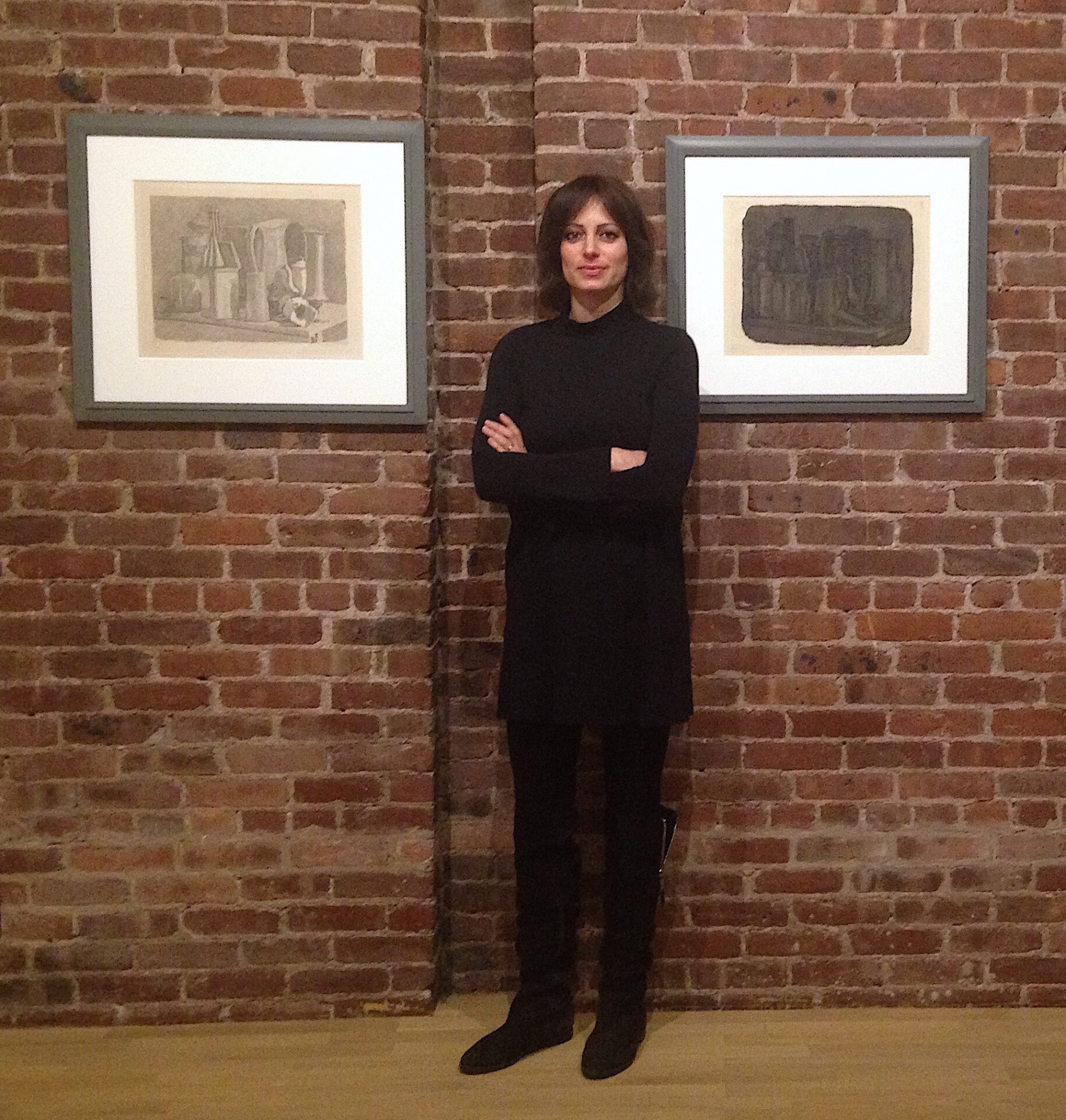
How did you first become interested in art history?
Nicol: Everything started when I was a child, I loved to draw and paint. Right after high school, I began my academic studies in Art History and at the same I enrolled in a school of fine arts to learn the secrets of painting.
Nicola: When I was a child, my parents always took me to museums and churches in Italy to admire works of art, even if we were at the seaside for a summer vacation. As a seven-year-old, I was a bit bored by this routine, but by the time I reached high school, Art History was one of my favorite disciplines. When I went to college, I took a contemporary art class followed by a visual semiotics class, with Professors Flavio Fergonzi and Maurizio Lorber. Those two classes made me understand that Art History was poised to play a big role in my life.
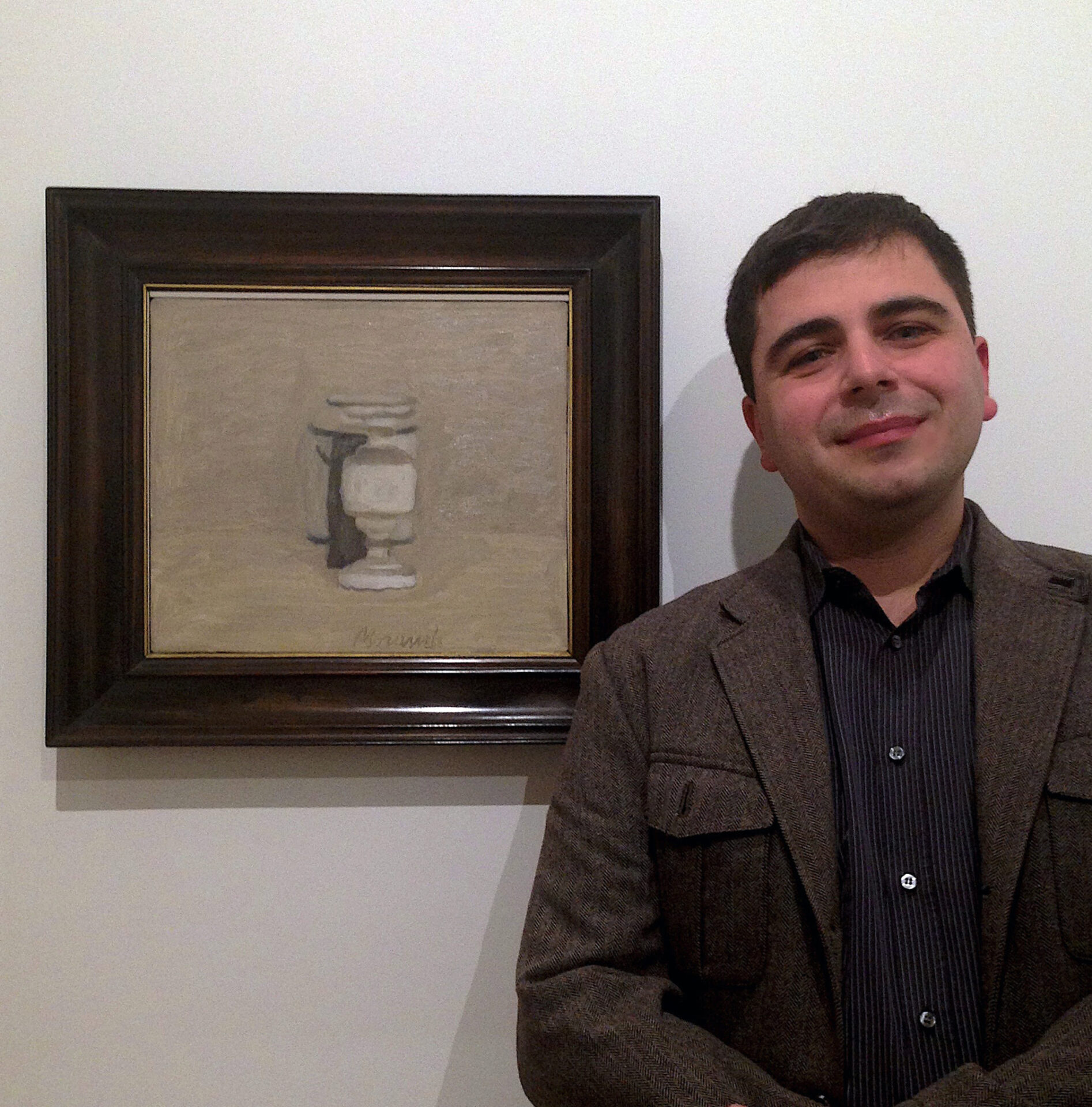
What did your PhD research focus on and why did you choose such subject?
Nicol: In my PhD thesis International Visual Sources for Italian Artists during the Symbolist period, I tried to identify the international visual imagery which had reached Italy through exhibitions and literature between the late 19th and early 20th centuries, deeply affecting Italian art and causing its profound renewal. What interests me the most are relationships and exchanges between different visual cultures.
Nicola: My dissertation focuses on Fiat Lingotto, a famous automobile production plant and a prime example of Italian modernist architecture. I argue that Lingotto constitutes a key site of social and cultural confrontations that can illuminate the historical dynamics that developed in Italy during the interwar years. My interest in the synergies between material culture, history of labor, and the visual arts grounds my research endeavors.
When was your first time in New York? Was surprised you the most about this city?
Nicol: I visited New York a year ago and I was struck by the myriad of cultural stimuli, as well as the artist and music. I was also fascinated by how easy it is to share thoughts and ideas in lively and cutting edge cultural environments.
Nicola: I visited New York for the first time in 2000, as a tourist, and to meet the person who years later would become my wife. This will sound very cliché, but I immediately fell in love with the city. I was captivated by its energy, by the frankness of its people, and of course by its arts and architecture. What surprised me the most, however, was the fact that still in 2000 one could find some relics of Punk culture in Lower Manhattan. I was just 19 at the time, and I was very fascinated by that world. Lower Manhattan is still a vibrant part of town, for different reasons, but Punk is gone at this point (and I’m sure many people would say the same about 2000, if they lived through the “golden age” of the New York Punk scene).
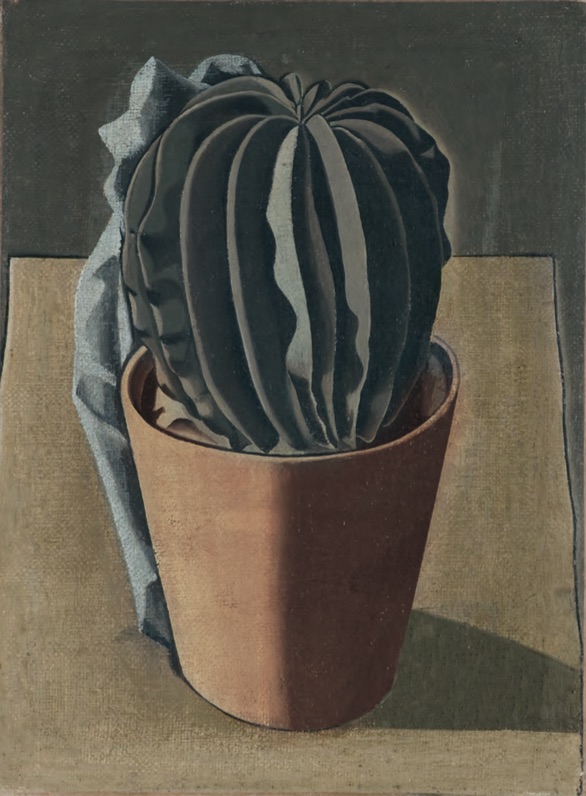
What is your favorite artwork from the Morandi show at CIMA and why?
Nicol: As a scholar of Metafisica, I must mention The Cactus from 1917. The artwork, which represents a unique instance in Morandi’s production, is made of few elements: a cactus in its pot, and a napkin that magically seems to climb on its inhospitable, marble-like surfaces.
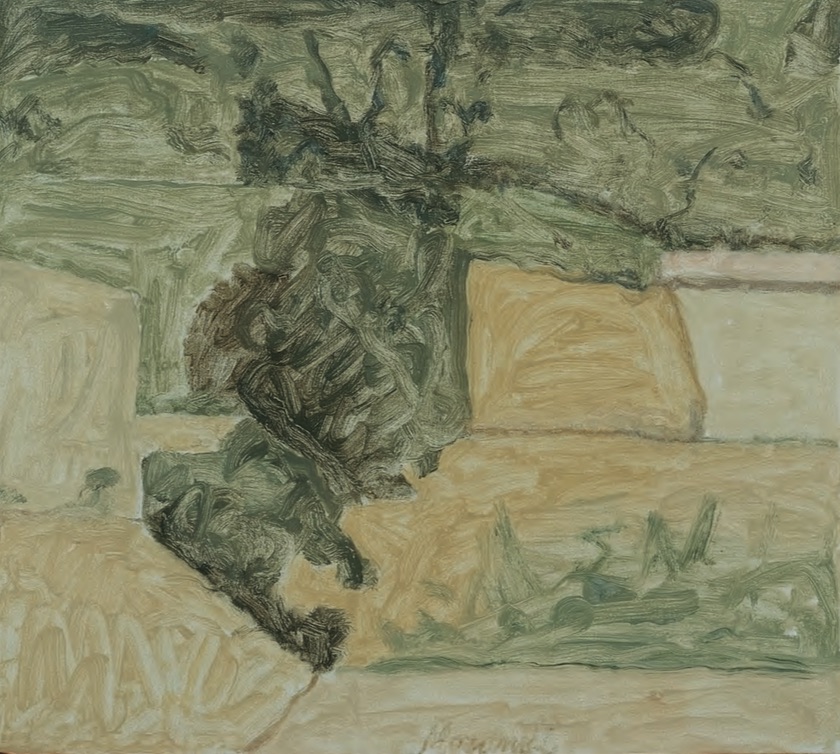
Nicola: There are two: the Landscape from 1963 that comes from the Museo Morandi in Bologna, because of its near-abstract qualities and its resonance with the crisi del linguaggio of the postwar years, and the Natura morta from 1931 (Vitali 169), because of the snapshot quality of the composition, with some of its objects coming out of the frame. I also find the extreme close-up of the composition and its jutting towards the viewer slightly disquieting.
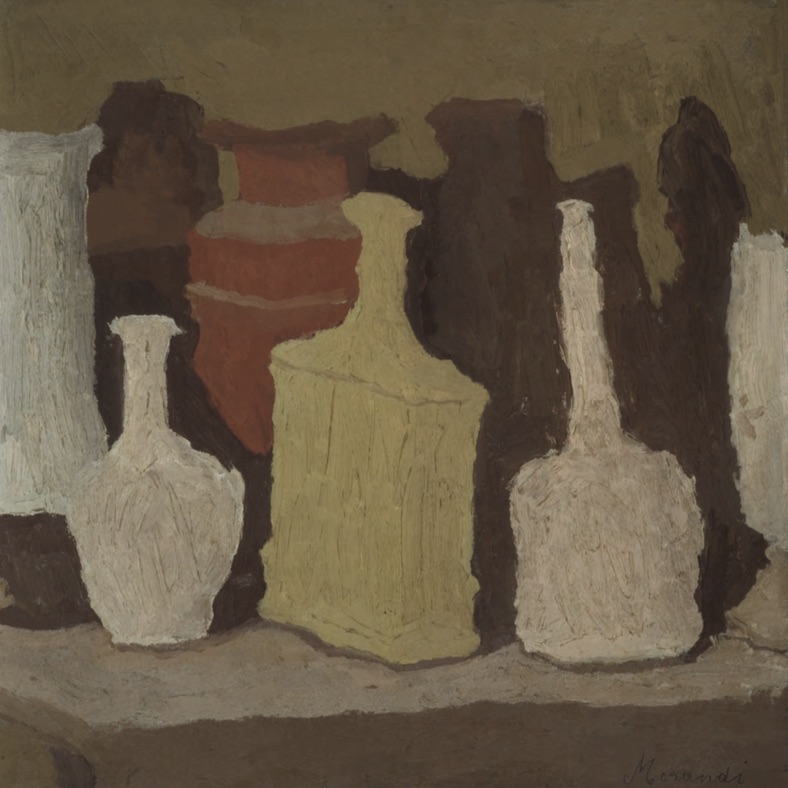
Best 3 museums or art sites worldwide according to your taste?
Nicol:
- Metropolitan Museum, New York
- Centre Pompidou, Parigi
- Museo del Novecento, Milano
Nicola: This is a tentative answer! I reserve the right to change my mind every other day!
- Galleria degli Uffizi, Florence
- Musée d’Orsay, Paris
- MoMA, New York (before the 2003 renovation)
We look forward to spending the remainder of the season with both fellows and are excited to see the work they accomplish during their time with us. They will be presenting their research at our Giorgio Morandi Study Days on May 19th and 20th. Join us!
